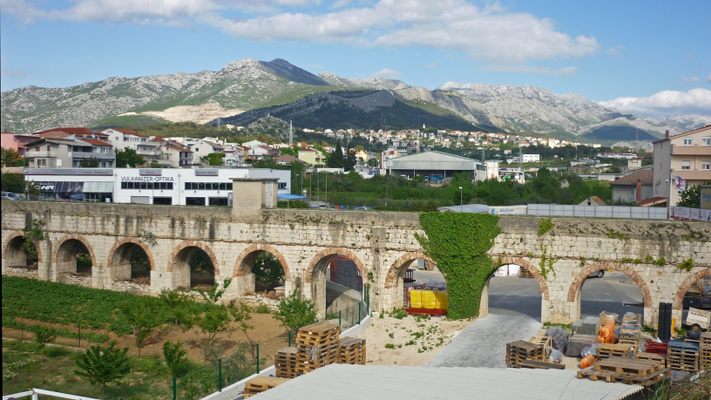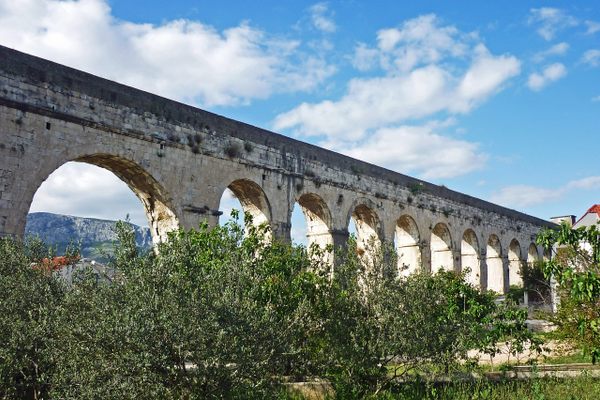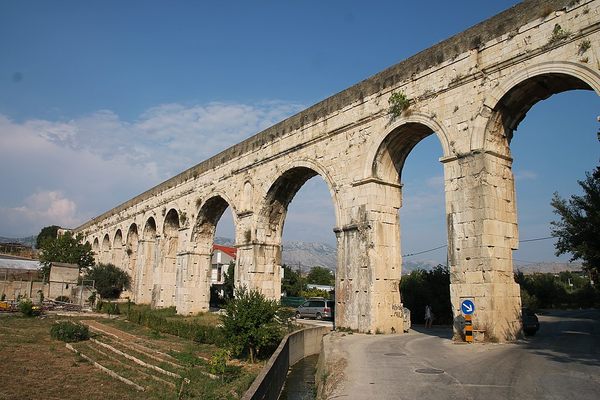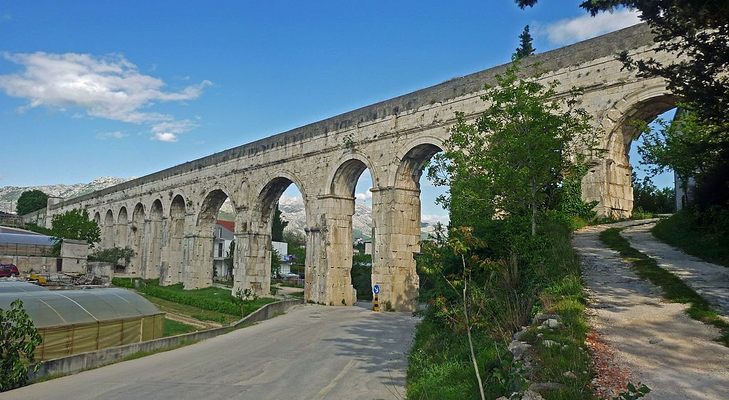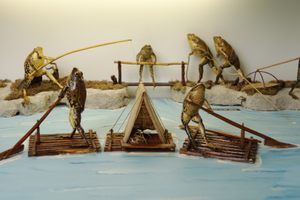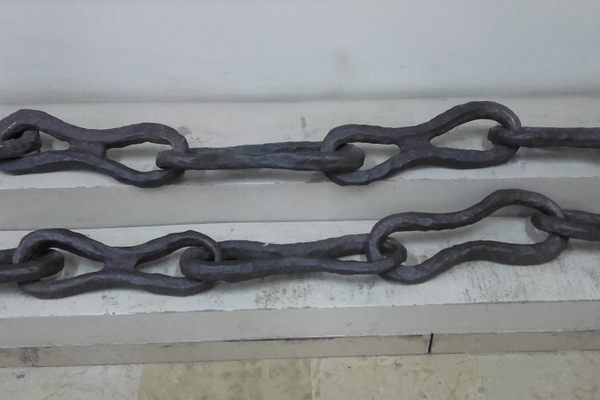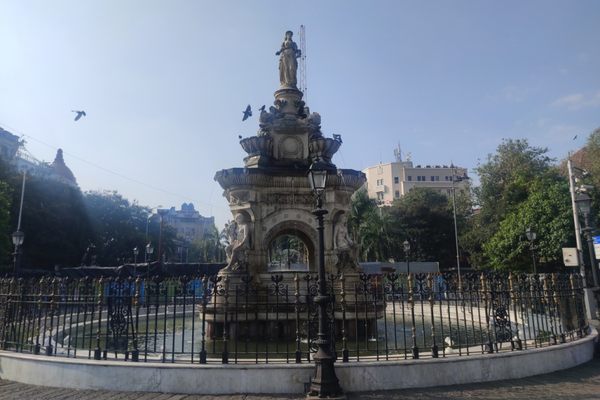About
Roman emperor Diocletian is perhaps the most notable resident of Split, Croatia's second most-populated city. What used to be his palace now constitutes almost the entirety of the modern city's UNESCO-protected historic center. His life story in some ways reflects the twin cities found on this Croatian peninsula: Solin and Spalato.
Diocletian was born in Salona, now known as Solin, and is considered a town within Split's metropolitan area. Yet it was Spalato (now Split proper) where he decided to build the palace he would retire to following his abdication from the title of Emperor of Rome in 305.
To get water to his palace in Spalato, Diocletian ordered the construction of a massive aqueduct, which drew its water from the Jadro River. A diversion meant that water also reached Salona. Most of its structure remained standing and functional after Diocletian's death, until the 6th-century Goth invasions. These invasions led to the destruction of large stretches of the aqueduct.
During the Austrian Empire's rule of the peninsula in the 19th century, the aqueduct was reconstructed. The renovation, which started in 1855, would lead to sections of the aqueduct becoming functional again, and carrying water to Split.
The 1932 opening of a more modern water pumping station led to the aqueduct being abandoned. Known today as the Dioklecijanov Akvadukt (Diocletian Aqueduct), later reconstruction continued, but now to preserve the Roman aqueduct's historical legacy rather than maintain the water funnel as infrastructure.
The last stretch to be rebuilt, and probably the best-known nowadays, is located in the neighborhood of Bilice. It was completed in 1999 after some 19th-century sections were taken down.
While the historic center of Split was declared a UNESCO World Heritage Site in 1979, plans to extend the site to include Solin/Salona, as well as the aqueduct, were submitted in 2015 and remain in Croatia's tentative list as of early 2024.
Related Tags
Balkans Road Trip: Serbia, Croatia & Bosnia and Herzegovina
Traverse the beauty and history of the Balkans through locals' stories.
Book NowCommunity Contributors
Added By
Published
May 21, 2024
